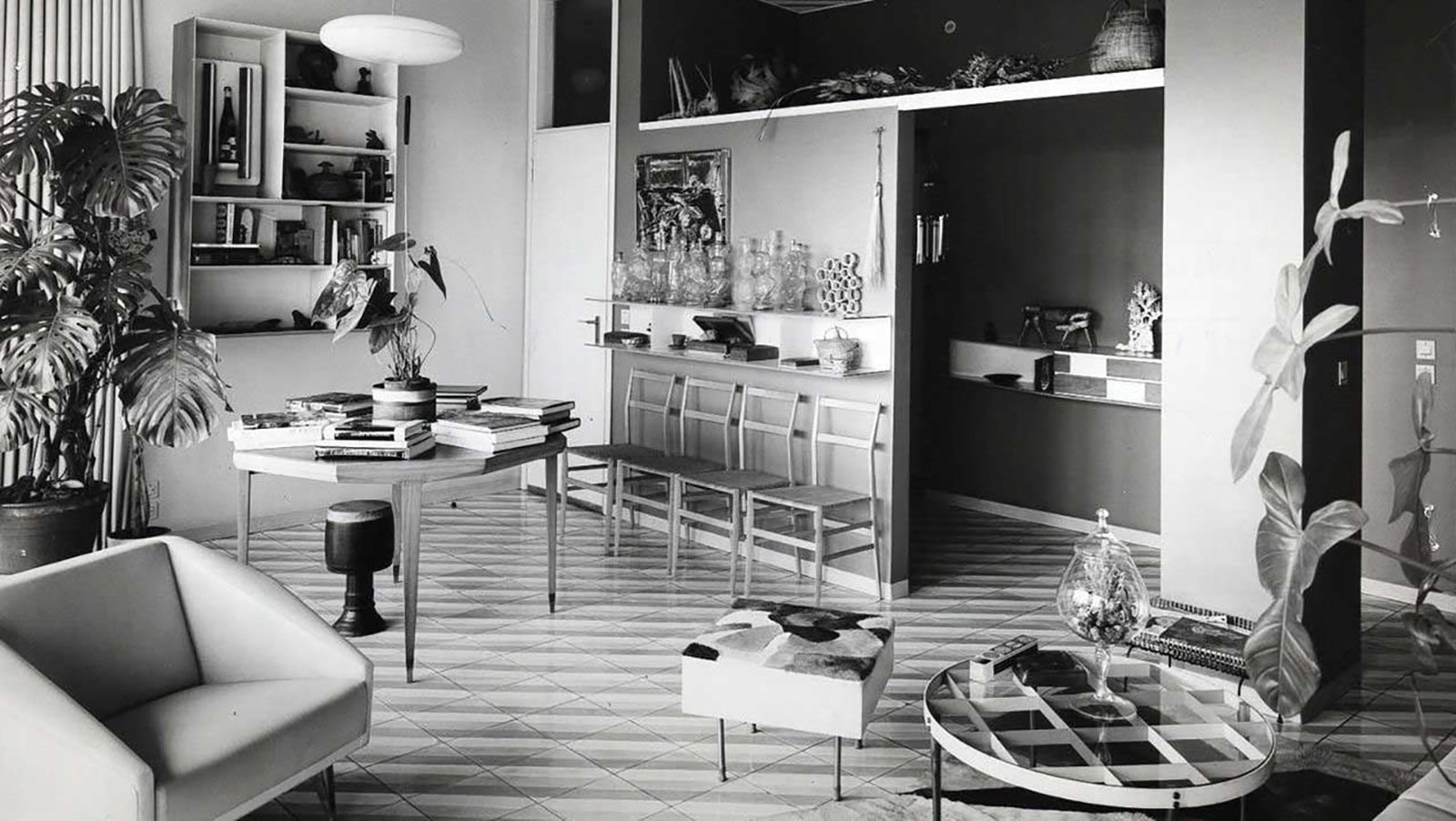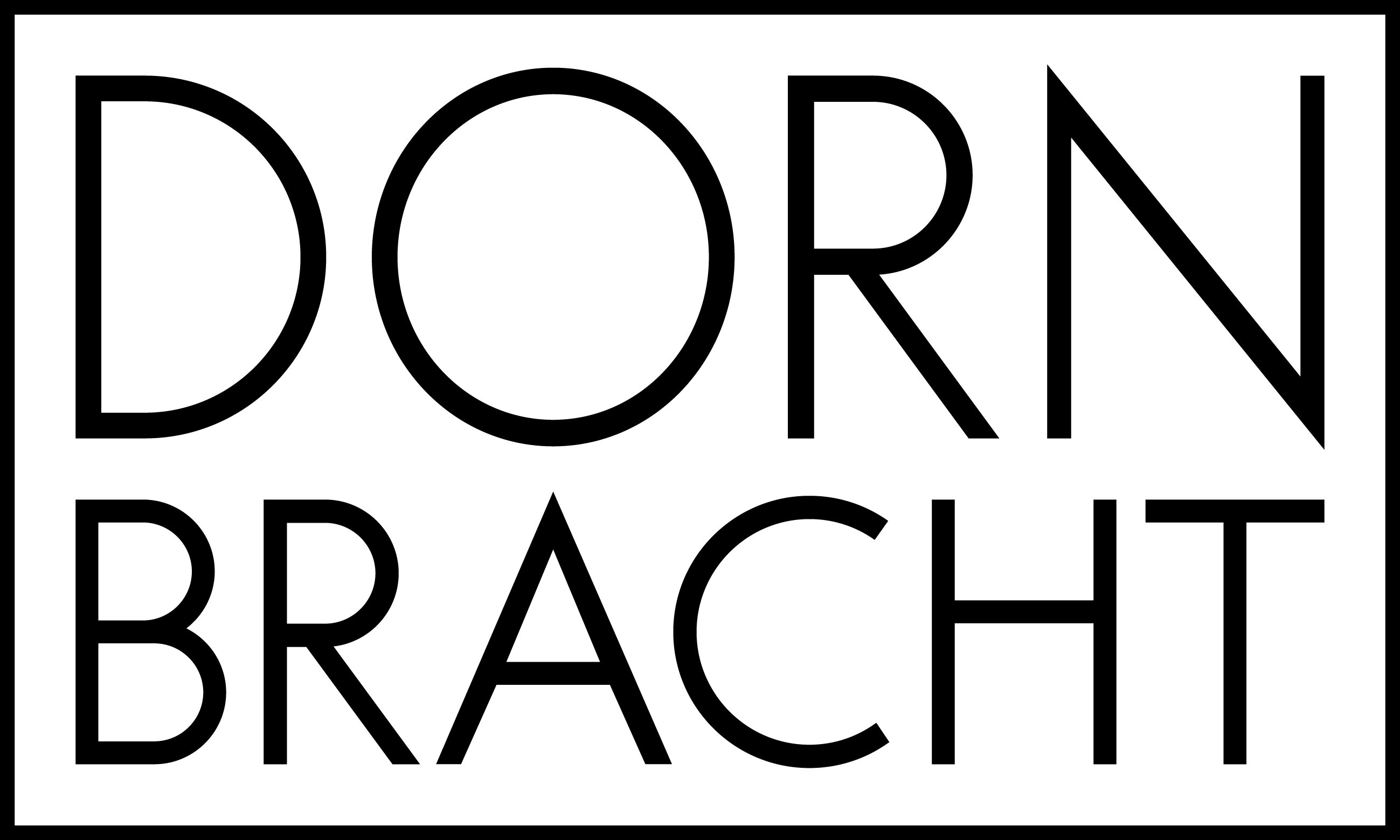Maria Savostyanova will discuss the evolution of design in the countries that had just been defeated in World War II.
Having suffered severe defeat in the Second World War, Italy, Germany, and Japan devoted the first postwar decades to overcoming profound crises in all spheres of life. These countries’ cultural issues of the late 1940s and 1950s concentrated around the search for new national identities. One of the versions thereof was the so-called “Italian line”—an inclination towards nonlinear organic forms, asymmetrical forms, and unusual colors, evident in the designs of Carlo Mollino and Gio Ponti, Franco Albini and Marco Zanuso, Pier Giacomo, and Achille Castiglione. The industry was also boosted by the launch of the “Golden Compass” award in 1954.
Parallel to Italy, the Federal German Republic asked itself, rhetorically and literally, “How to Live?”: an exhibition of the same title was held in Germany in 1949. In the same year, Ferdinand Porsche’s bureau relocated back to Stuttgart (from Austria), resuming automobile production. By mid-1950s, the Porsche model range widened significantly, coinciding with the phenomenon of the “economic miracle”— sudden wealth growth which lasted throughout the 1960s. This is the time when Dieter Rams made his ground-breaking designs for Braun, and the legendary Bauhaus director Walter Gropius held a speech at the newly-established Ulm School of Design.
Japan was also undergoing radical changes in industrial design and engineering. Maria Savostyanova will talk about the new Toyota and Nissan cars produced at the time, the first portable TV set introduced by Sony, as well as other goods, most of which were marked by finest quality combined with mass production


